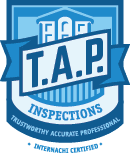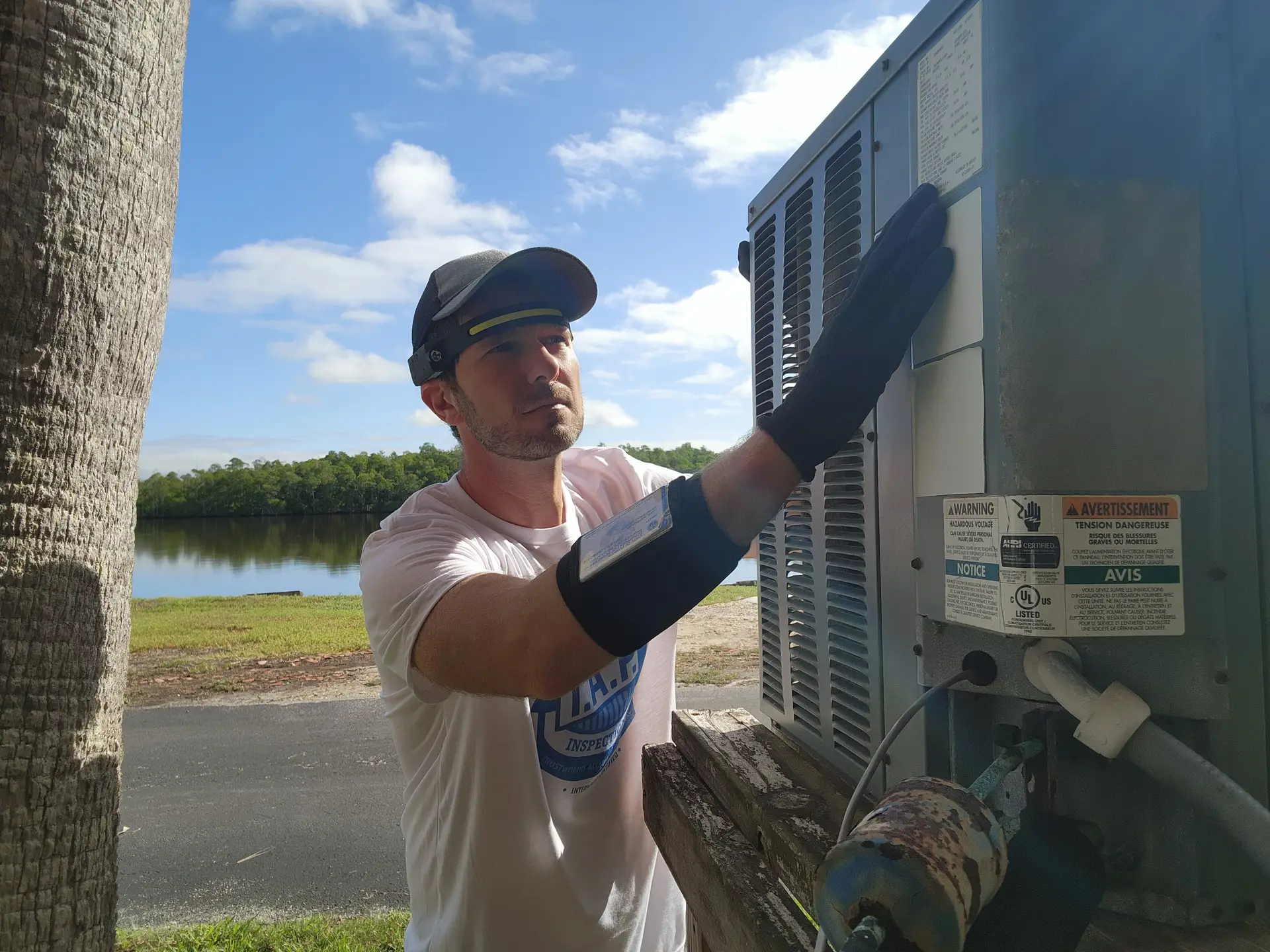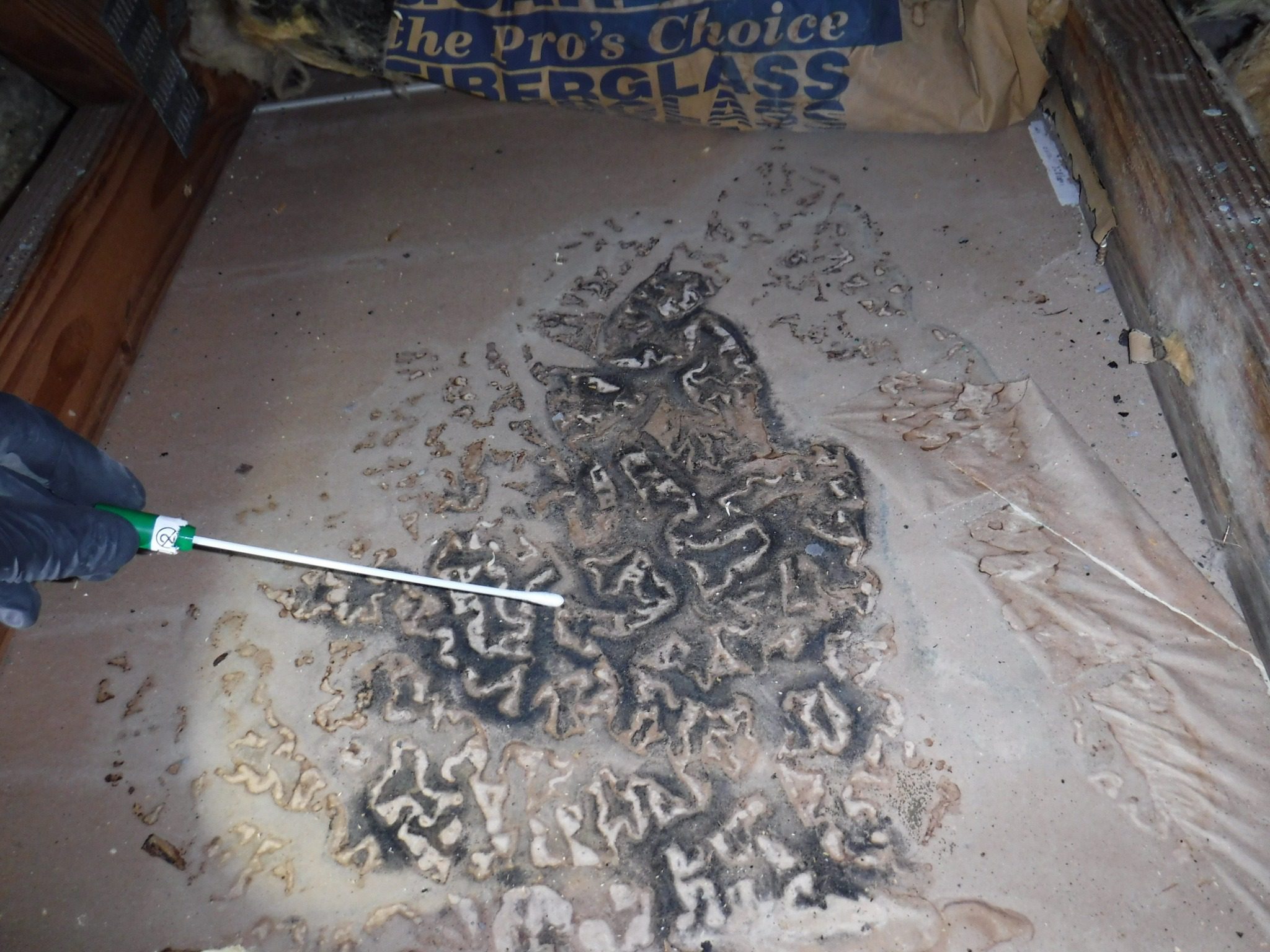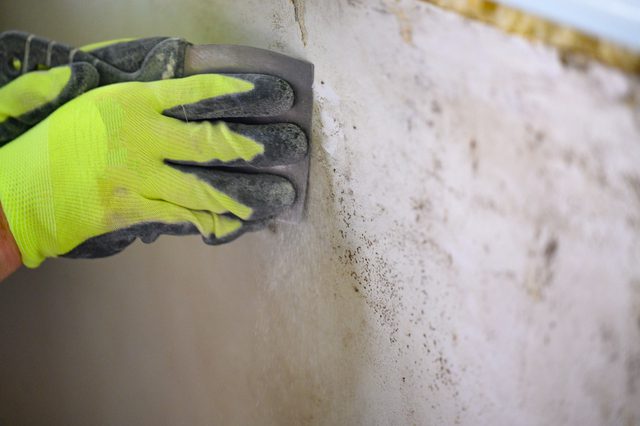If you’re planning to buy or sell a home in Marco Island, a four-point inspection is a crucial step in the process. This specialized inspection focuses on four essential systems: roofing, electrical, plumbing, and HVAC. Preparing for this inspection can ensure a smooth experience and help uncover any issues that need addressing. Here’s a comprehensive checklist to help you get ready for your four-point inspection.
1. Understanding the Inspection Scope
Before diving into preparations, it’s essential to understand what a four-point inspection entails. Unlike a standard home inspection, which covers a broad range of areas, a four-point inspection zeroes in on these critical systems:
- Roof: The inspector evaluates the condition and age of roofing materials, checking for visible damage or leaks. A well-maintained roof is vital for protecting your home from water intrusion and other environmental factors.
- Common Roof Issues: Common problems include missing shingles, sagging areas, and accumulation of debris. Inspectors also look for signs of water damage on the interior ceilings and walls, as these can indicate roofing issues that need immediate attention.
- Electrical System: This includes a thorough examination of the electrical panel, wiring, outlets, and any signs of wear. Ensuring your electrical system is safe and compliant with current codes is crucial for both safety and insurability.
- Outdated Systems: Many homes, especially older ones, may still have aluminum wiring or knob-and-tube systems, which can pose fire hazards. Inspectors will check for proper grounding, functioning breakers, and the overall capacity of the electrical system to handle modern demands.
- Plumbing: Inspectors assess pipes, fixtures, and overall water pressure. They’ll also check for leaks, which can lead to more significant issues if not addressed promptly.
- Water Quality: Inspectors might test for signs of rust, corrosion, or other issues that could indicate the quality of the water supply or potential contaminants. It’s essential to address these concerns for both health and safety reasons.
- HVAC: The heating, ventilation, and air conditioning systems will be evaluated for efficiency and functionality. A properly functioning HVAC system is essential for maintaining a comfortable home environment.
- Maintenance History: Inspectors often look for maintenance records to ensure that systems have been serviced regularly. An HVAC system that hasn’t been properly maintained may not only lead to comfort issues but can also significantly increase energy bills.
2. Schedule Routine Maintenance
One of the best ways to prepare is to conduct routine maintenance on the four systems being inspected. Not only will this help you identify potential issues, but it can also demonstrate to potential buyers that your home is well cared for:
- Roof: Hire a professional to inspect your roof for missing shingles, leaks, or other damage. Address any identified issues promptly to avoid complications during the inspection.
- Seasonal Inspections: Consider scheduling roof inspections at least twice a year, ideally before and after the rainy season. This proactive approach helps you catch minor issues before they escalate into major repairs.
- Electrical: Consider having a licensed electrician check your wiring, outlets, and panel to ensure everything is up to code. An outdated or unsafe electrical system can be a dealbreaker for buyers and insurance companies alike.
- Upgrading Systems: If your electrical system is outdated, consider upgrading it. This not only enhances safety but also increases your home’s marketability, as potential buyers will appreciate a modern electrical system.
- Plumbing: A plumber can identify leaks or pressure issues before the inspection takes place. Fixing small problems now can prevent more extensive and costly repairs later.
- Water Heater Maintenance: Don’t forget to check your water heater. Regular flushing and inspection can help extend its lifespan and ensure it operates efficiently.
- HVAC: Schedule a servicing of your heating and cooling systems to ensure they’re functioning efficiently. Clean filters and well-maintained equipment can help extend the life of your systems.
- Energy Efficiency Checks: During maintenance, inquire about energy efficiency upgrades. Simple changes like upgrading to a programmable thermostat can significantly reduce energy costs.
3. Clear Access Points
Inspectors need easy access to the areas they’ll be examining. Here are some practical tips to ensure that access points are clear:
- Roof Access: If possible, clear any debris or overhanging branches around the roof to facilitate a thorough inspection.
- Ladder Safety: Ensure that the area is safe for the inspector to access, and remove any obstacles that might pose a risk.
- Electrical Panel: Ensure that the area around your electrical panel is accessible and free of clutter. This allows the inspector to conduct a complete evaluation without obstruction.
- Labeling: If you’ve made any changes or upgrades to your electrical system, labeling circuits can provide clarity and save time during the inspection.
- Plumbing Areas: Make sure sinks, toilets, and water heaters are easily accessible for inspection. Moving items from around these areas can help speed up the inspection process.
- Drainage Issues: Check for any visible drainage issues or signs of leaks that may need immediate attention.
- HVAC Units: Clear away any furniture or objects around your HVAC system and ductwork. This not only helps with the inspection but can also improve the efficiency of your systems.
- Duct Cleaning: Consider having your ducts cleaned regularly to ensure optimal airflow and indoor air quality.
4. Gather Documentation
Having relevant documentation on hand can provide valuable insights for the inspector and facilitate a smoother inspection process:
- Maintenance Records: Collect any maintenance records or warranties for your roof, HVAC, plumbing, and electrical systems. This documentation can demonstrate that you’ve been proactive about upkeep.
- Organize Files: Create a folder or digital file that includes all relevant documents. This can save time during the inspection and may impress potential buyers.
- Previous Inspection Reports: If available, provide any past inspection reports that may help the inspector gauge the home’s history. This information can also highlight any improvements or repairs you’ve made.
- Renovation Details: If you’ve made significant renovations or repairs, include details about who completed the work and when, as this can assure potential buyers of the quality.
5. Communicate with Your Inspector
Open communication with your inspector can help clarify expectations and address any specific concerns you may have. Don’t hesitate to ask questions about the inspection process or areas you’re particularly worried about. A good inspector will appreciate your engagement and be more than willing to explain their findings.
- Share Your Concerns: If there are specific areas of your home that you suspect may have issues, let your inspector know. This can help them focus their attention and provide a more thorough evaluation.
- Request a Walk-Through: After the inspection, ask for a walk-through of the property to discuss findings. This can provide valuable insights into any potential problems and recommended solutions.
6. Review the Inspection Process
Familiarize yourself with the inspection process itself. Typically, a four-point inspection can take anywhere from 1 to 3 hours, depending on the property’s size and condition. Knowing what to expect can help ease any anxiety about the inspection.
- What to Expect: Inspectors will usually begin with a visual inspection, followed by functional tests of various systems. Be prepared for them to check not only for visible damage but also for compliance with safety standards.
- Follow-Up Questions: After the inspection, you may have questions about the results. A reputable inspector will be happy to provide explanations and recommendations for any issues they find.
7. Prepare for Possible Outcomes
Be ready for various outcomes from the inspection. If issues are found, consider how you might address them before moving forward with a sale or purchase. Being proactive can save you time and money in the long run. If significant problems arise, you may need to factor repair costs into negotiations.
- Negotiation Strategy: If the inspection reveals issues, think about your negotiation strategy. Will you ask the seller to make repairs, or will you adjust your offer based on the estimated cost of repairs?
- Contingency Plans: If you’re the seller, consider having a contingency plan in place. This might include having trusted contractors lined up for potential repairs or being prepared to adjust your asking price.
8. Understanding the Importance of Four-Point Inspections
While this post provides a checklist for preparation, it’s also vital to understand why four-point inspections matter in the first place.
- Insurance Requirements: Many insurance companies require a four-point inspection before issuing a homeowner’s policy, especially for older homes. Understanding this requirement can help you navigate the insurance process more smoothly.
- Informed Decisions: A four-point inspection can provide peace of mind for buyers and sellers alike. Knowing the condition of critical systems allows for informed decisions regarding purchases or sales.
- Property Value: Addressing any issues identified during the inspection can enhance your property’s value. Well-maintained systems are attractive to buyers and can lead to quicker sales.
9. The Impact of a Four-Point Inspection on Insurance
Insurance companies often view a four-point inspection as a risk assessment tool. Here’s how it impacts the process:
- Coverage Approval: If the inspection reveals significant issues, insurance companies may require repairs before offering coverage. This can delay the process and affect your ability to close on a home.
- Premium Rates: The condition of the inspected systems can influence your insurance premium. Homes with newer or well-maintained systems often enjoy lower premiums.
- Claim Implications: Should you need to file a claim, having a recent four-point inspection can provide documentation that may support your case.
10. Common Issues Found During Four-Point Inspections
Understanding common issues can help you prepare better:
- Roofing Problems: Look for missing shingles, leaks, or signs of rot, especially around chimneys and vents.
- Electrical Hazards: Be aware of outdated wiring, overloaded circuits, and improper grounding, which can pose safety risks.
- Plumbing Issues: Leaks, poor water pressure, and corroded pipes are red flags. Pay attention to signs of water damage in walls and ceilings.
- HVAC Malfunctions: Inefficiency, unusual noises, or irregular temperatures can indicate HVAC issues that require immediate attention.
Conclusion
Preparing for a four-point inspection doesn’t have to be overwhelming. By following this detailed checklist, you can ensure that you’re ready for the inspection process and can maximize its benefits. At T.A.P Inspections, we are committed to providing thorough and reliable inspections to help you make informed decisions about your property.










